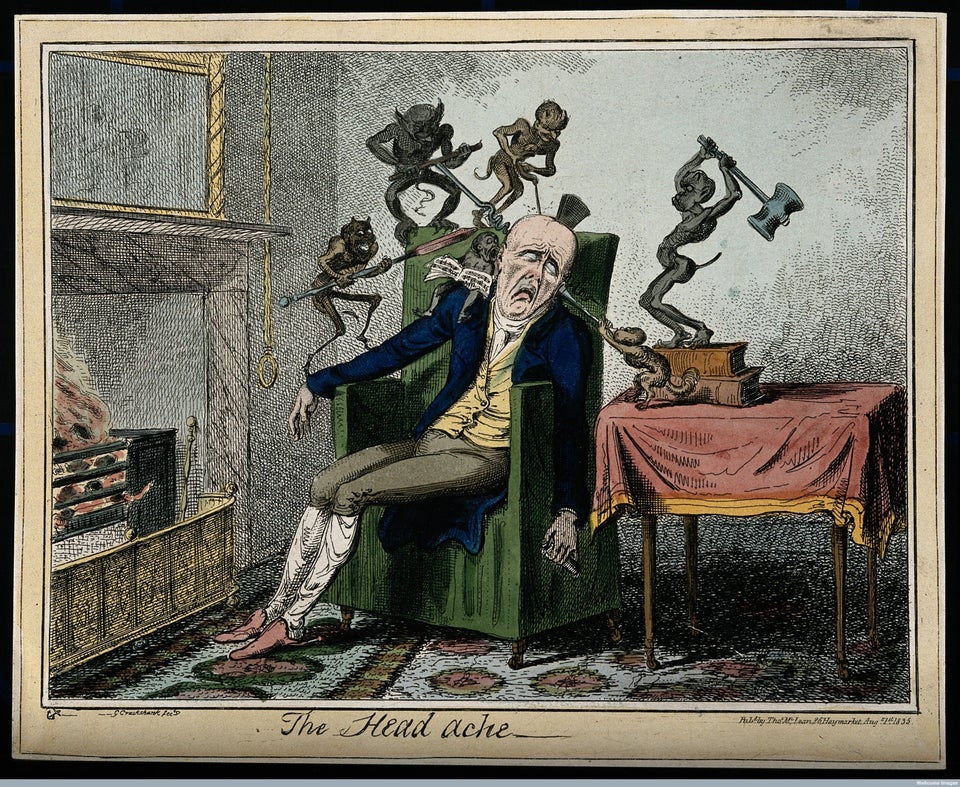
Consider a tale of two students: both enter medical school the same year. From the moment they don their white coats, their futures run in parallel. They dissect the same cadavers. They poke, prod, and percuss their patients. They earn identical board scores. They match into the same specialty. At long last, after four years, they walk the stage at graduation with the same spring in their step. Their career prospects, however, are far from equitable. One is expected to earn almost 10% less money per year, and is dealt lower odds of landing a professorship or becoming a department chair. What accounts for the difference? One student happens to be a woman.
All things equal, female doctors are paid less than male doctors. A recent study in the Journal of the American Medical Association estimated the annual difference at nearly $20,000 among academic physicians. Before adjusting for confounding factors like specialty choice, the difference was over $50,000. But the gender gap goes far beyond the bank account. According to the AAMC, women make up only 21 percent of professors and 16 percent of deans at U.S. medical schools, and only 15 percent of them hold department leadership positions. This comes despite women making up roughly half of all medical students and residents. Even in female dominated fields like obstetrics & gynecology, where women make up 83 percent of incoming residents, only 22 percent are department chairs. There is a gap not only in income, but opportunity.
“Even in female dominated fields like obstetrics & gynecology, where women make up 83 percent of incoming residents, only 22 percent are department chairs.”
As a medical student, I’m often lulled into thinking that doctors are immune to the ills of human behavior: bias, discrimination, and irrationality. In medicine, we pride ourselves on logic. We crunch a constellation of symptoms into a neat diagnosis, and when we have a hunch about what’s going on, we order labs and scans to back it up — we point to the truth as our witness. Medicine is evidence-based. That’s why it is so perplexing to see a real gender gap among physicians, one that is not easily explained by any rational argument.
Many physicians, befuddled by the numbers, conclude there must be an alternative explanation. They argue, for instance, that women may take off more time for child-rearing, and a difference in pay derives from fewer hours worked. Yet in study after study, when researchers control for hours worked, a payment gap still exists. Another argument is that perhaps the difference in payday is a result of performance — that men do better than women in the clinic. But, not only do the numbers debunk that claim, it proves the exact opposite. One study analyzed four years of Medicare data, over 1.5 million hospital visits to general internists, and found that patients with female doctors had better outcomes. In fact, if men provided the same quality of care as women, they could save an extra 32,000 lives per year. Ironically, a movement of “equal pay for equal work” could be better phrased: “equal pay for better work.”
So if it’s not maternity, if it’s not performance, then what is it? By ruling out most rational explanations for differences in pay and leadership, there remains a strong case for discrimination. After all, 60-70 percent of female doctors report experiencing gender bias in their own professional advancement. The real cause of the gender gap may range from outright sexism to misguided, subconscious beliefs that influence hiring — for instance, that mothers in medicine are less committed to their work or less capable leaders than their male counterparts.
“Increasing the transparency of physician salaries is a necessary first step.”
Regardless of the cause, a solution is within grasp. Increasing the transparency of physician salaries is a necessary first step. The only reason we are aware of such an achievement and pay gap in medicine is largely due to data that comes from public institutions and government funded programs like Medicare. By increasing transparency, we’ll get a better picture of the discrepancies in compensation. Department salaries should be peer-reviewed by independent review boards that can point out inconsistencies in compensation or request specific, merit-based criteria for hiring decisions. Stanford University’s School of Medicine has recently rolled out a similar initiative called “Diversity Dashboards,” that breaks down departments by gender and ethnicity, allowing medical leadership to create goals for fair compensation and representation. Department chairs are then incentivized to meet these milestones. It’s a win-win scenario.
Over the decades, medicine has paved the way for progress—we eradicated smallpox, we sequenced the genome, and hey, we can even remove prostates with a robot. But, if we as medical professionals are to claim our profession in the name of humanism and truth, we cannot condone the mounting evidence.
When Hillary Clinton became the first female nominee of the Democratic party, she argued that “when a barrier falls, it clears the way for everyone.” Closing the gender gap is in interest of, and requires participation from both men and women. It’s time to rewrite the tale of two students.
